ImagingImaging
-
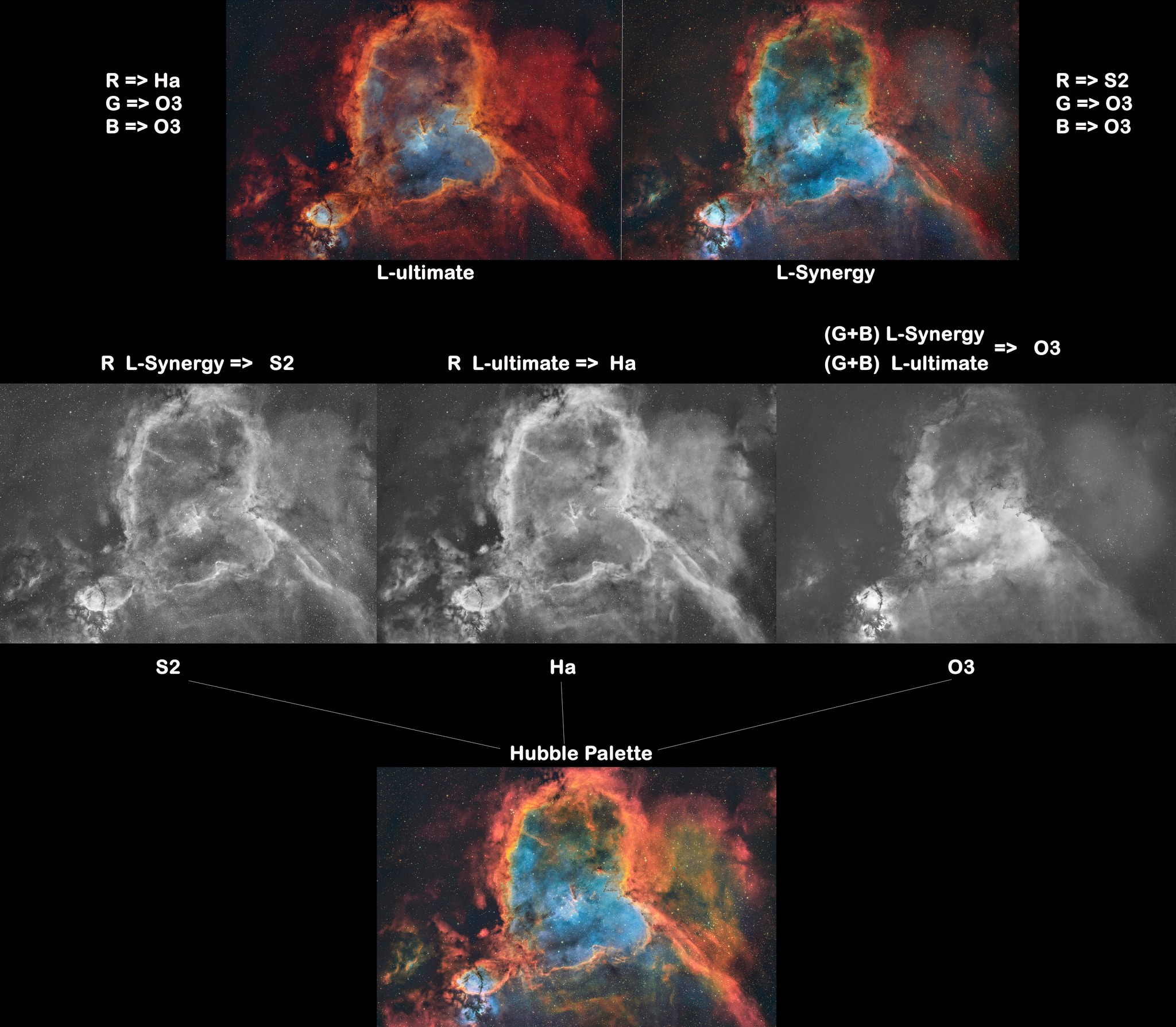 Test with the new Optolong L-synergy filter Test with the new Optolong L-Synergy filter...
Test with the new Optolong L-synergy filter Test with the new Optolong L-Synergy filter... -
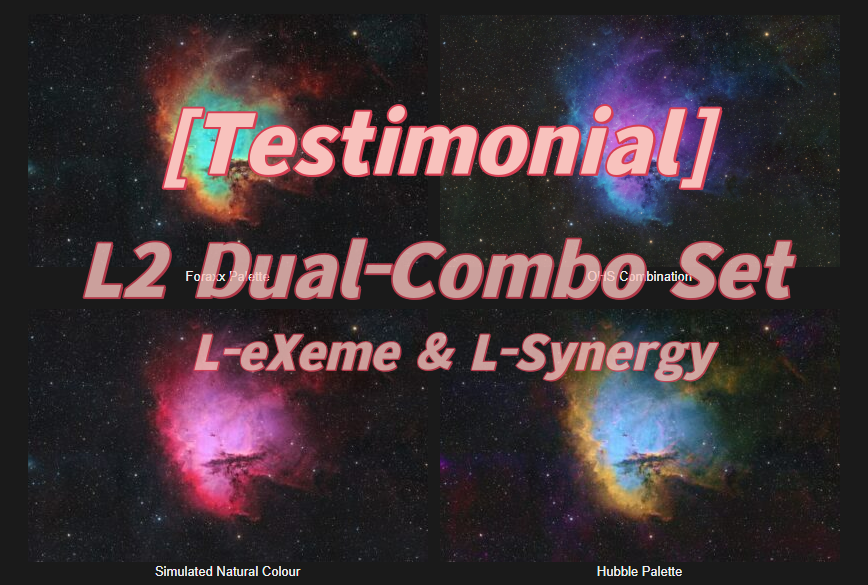 Pacman Nebula Wide Field in SHO Credit © Astrodoc Ron Brecher I used a colour camera and two dual-narrowband filters to produce images of NGC 281 in four colour palettes. Please click the pic to see any or all of these images in full resolution, and to find information on the objct and how the photos were made. The palettes are (clockwise from top left): Foraxx, OHS, Hubble, and simulated natural colour. I'd be interested to know which palette people like ...
Pacman Nebula Wide Field in SHO Credit © Astrodoc Ron Brecher I used a colour camera and two dual-narrowband filters to produce images of NGC 281 in four colour palettes. Please click the pic to see any or all of these images in full resolution, and to find information on the objct and how the photos were made. The palettes are (clockwise from top left): Foraxx, OHS, Hubble, and simulated natural colour. I'd be interested to know which palette people like ... -
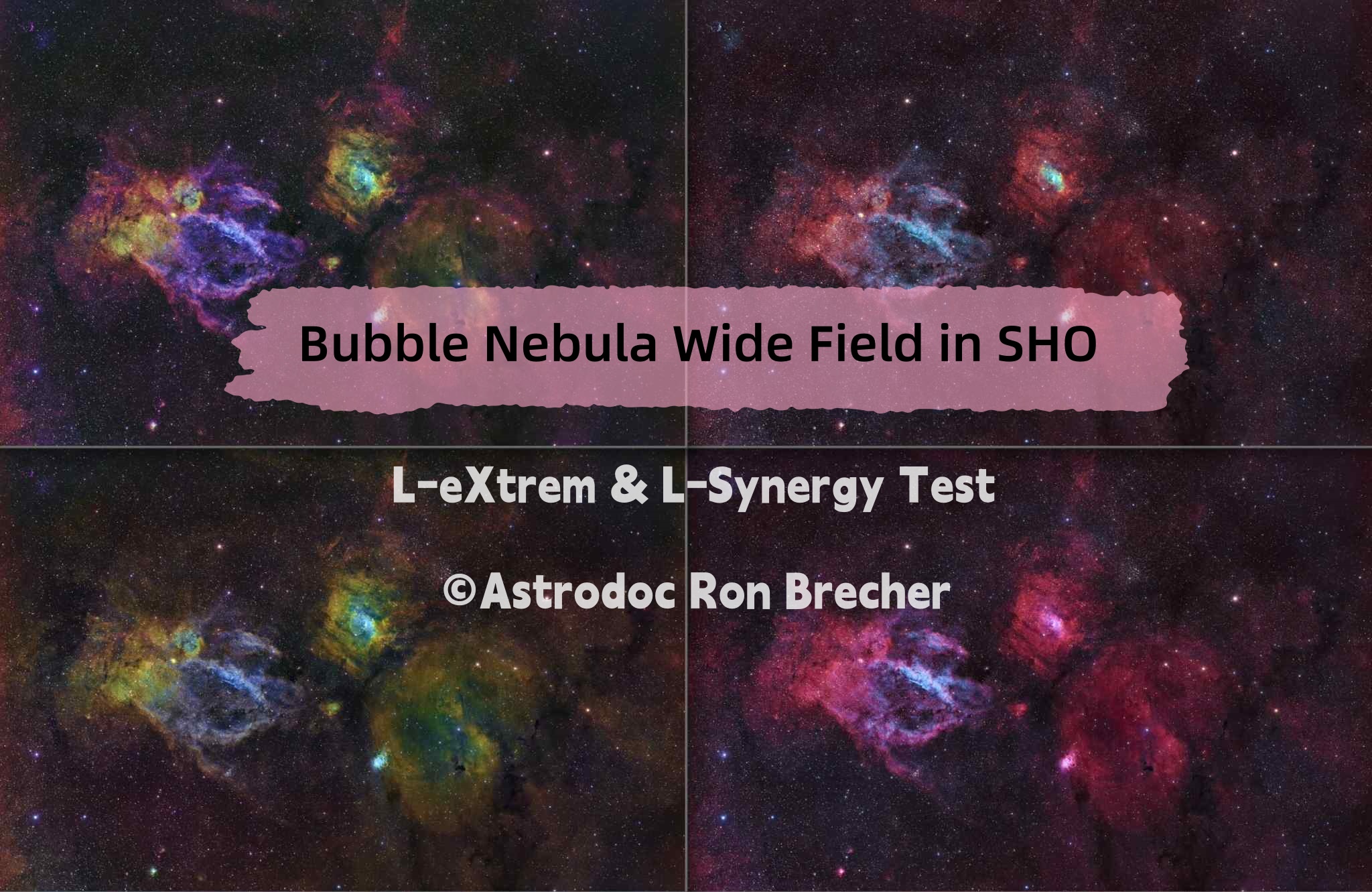 Bubble Nebula Wide Field in SHO ©RONALD BRECHER The L2 Dual-Combo Set is engineered to unleash the power of Hubble Palette imaging for color camera users, supporting telescope systems as fast as F3.3, and above ( slower system). Tailored specifically for color camera astrophotographers, this set includes two premium filters: OIII & Hα (L-eXtreme),OIII & SII (L-Synergy) This innovative combination breaks through the traditional limitations of ...
Bubble Nebula Wide Field in SHO ©RONALD BRECHER The L2 Dual-Combo Set is engineered to unleash the power of Hubble Palette imaging for color camera users, supporting telescope systems as fast as F3.3, and above ( slower system). Tailored specifically for color camera astrophotographers, this set includes two premium filters: OIII & Hα (L-eXtreme),OIII & SII (L-Synergy) This innovative combination breaks through the traditional limitations of ... -
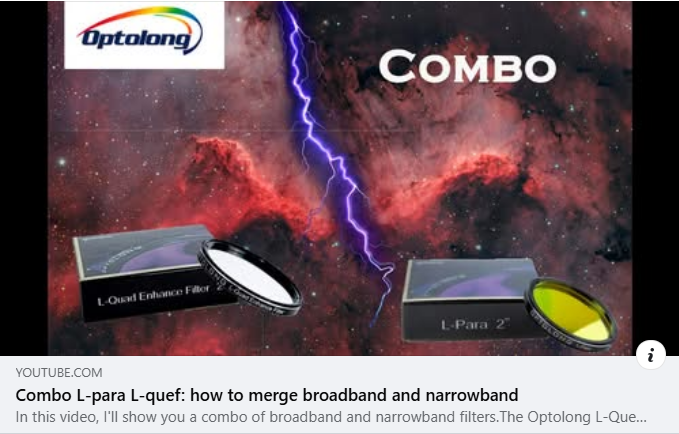 Combo L-Para L-QEF: how to merge broadband and narrowband Have you ever combined channels from different filters? In the video, Gianni will show you how to do it in detail using Pixinsight and Photoshop. ...
Combo L-Para L-QEF: how to merge broadband and narrowband Have you ever combined channels from different filters? In the video, Gianni will show you how to do it in detail using Pixinsight and Photoshop. ... -
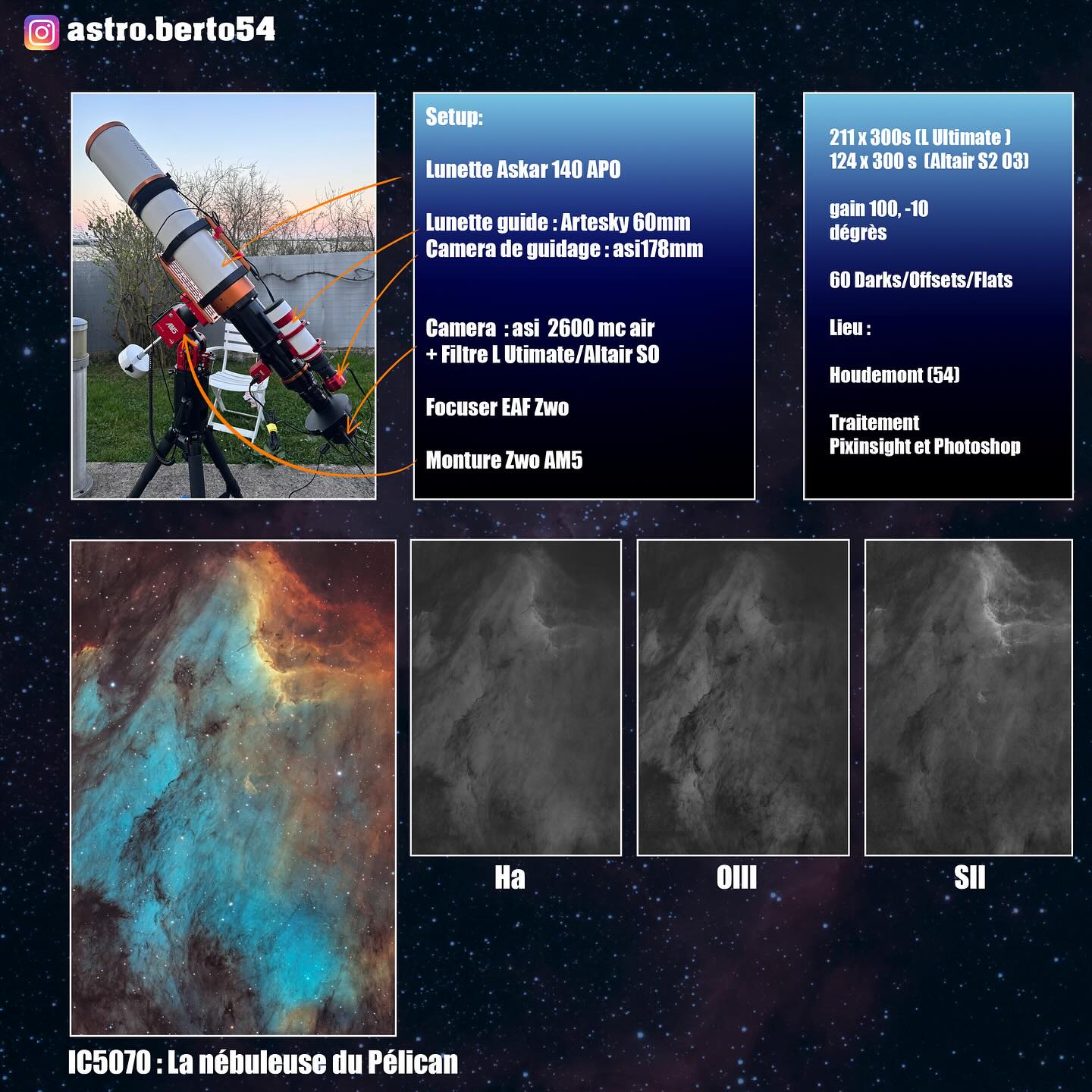 The IC 5070 nebula take with Optolong L-Ultimate filter by astrophotogroapher Cédric Humbert. The IC 5070 nebula take with Optolong L-Ultimate filter by astrophotogroapher Cédric Humbert. L-Ultimate is dual narrow band, centered at Halpha and OIII emission lines with FWHM 3nm. ...
The IC 5070 nebula take with Optolong L-Ultimate filter by astrophotogroapher Cédric Humbert. The IC 5070 nebula take with Optolong L-Ultimate filter by astrophotogroapher Cédric Humbert. L-Ultimate is dual narrow band, centered at Halpha and OIII emission lines with FWHM 3nm. ... -
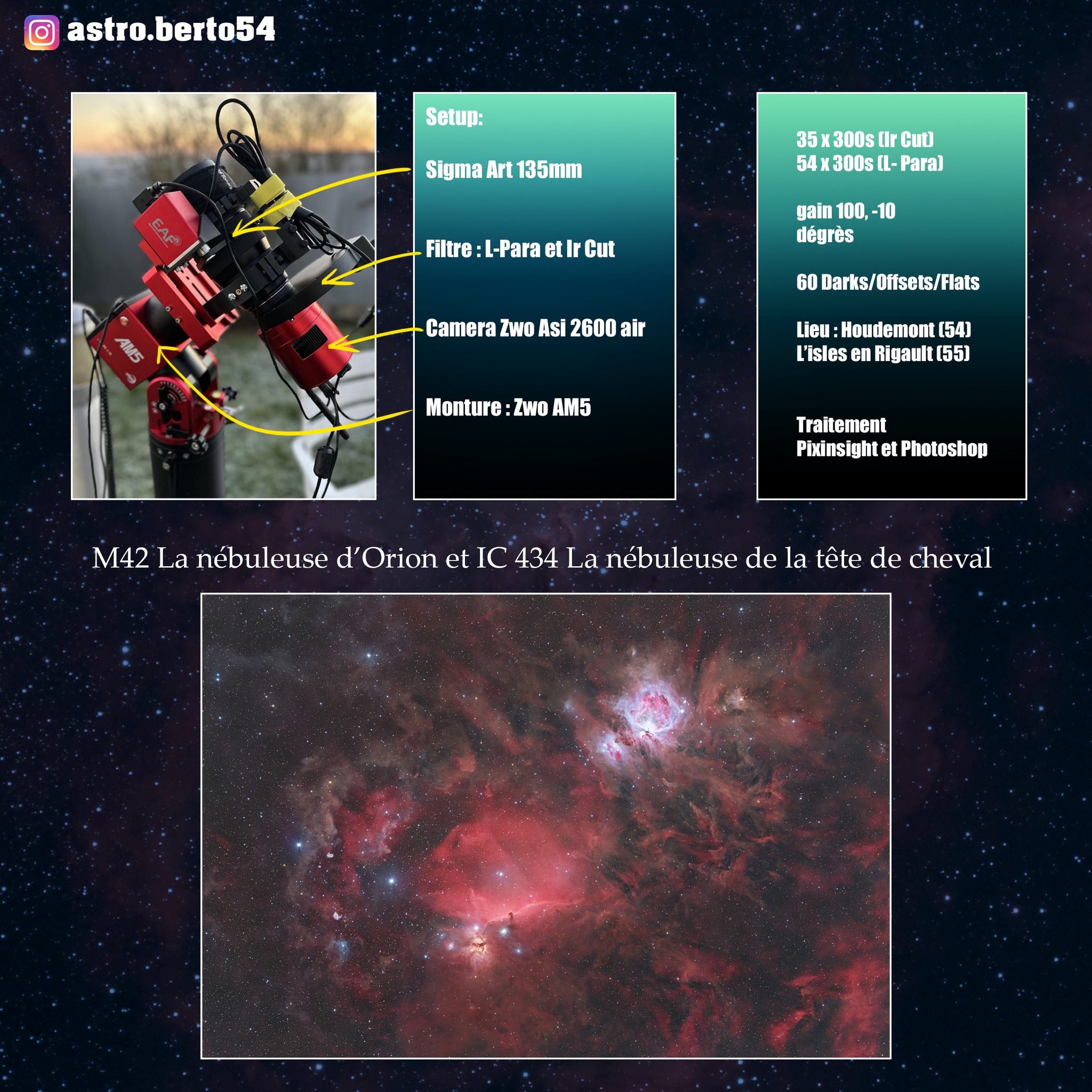 Took the opportunity to test the Optolong Astronomy Filter L-Para in high speed at F1.8 I also took the opportunity to test the Optolong Astronomy Filter L-Para in high speed at F1.8 and it works very well....
Took the opportunity to test the Optolong Astronomy Filter L-Para in high speed at F1.8 I also took the opportunity to test the Optolong Astronomy Filter L-Para in high speed at F1.8 and it works very well.... -
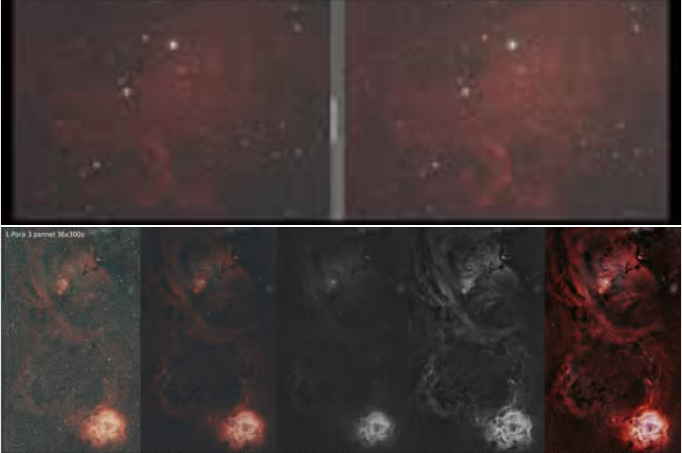 Here's a quick comparison test of the Optolong Astronomy Filter L-Para and L-Utlimate. Here's a quick comparison test of the Optolong Astronomy Filter L-Para and L-Utlimate....
Here's a quick comparison test of the Optolong Astronomy Filter L-Para and L-Utlimate. Here's a quick comparison test of the Optolong Astronomy Filter L-Para and L-Utlimate.... -
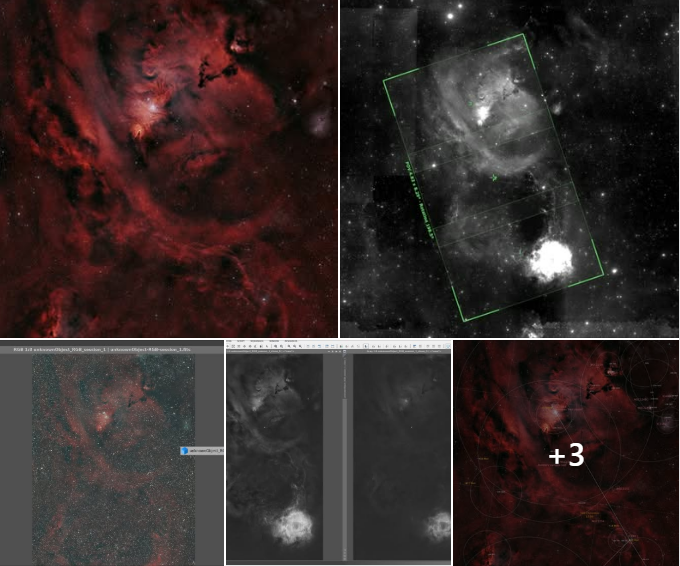 The Rosette and the Fire Tree - Large field around the Rosette - L-Para test by Cédric Humbert The Rosette and the Fire Tree - Large field around the Rosette - L-Para test by astrophotographer Cédric Humbert....
The Rosette and the Fire Tree - Large field around the Rosette - L-Para test by Cédric Humbert The Rosette and the Fire Tree - Large field around the Rosette - L-Para test by astrophotographer Cédric Humbert.... -
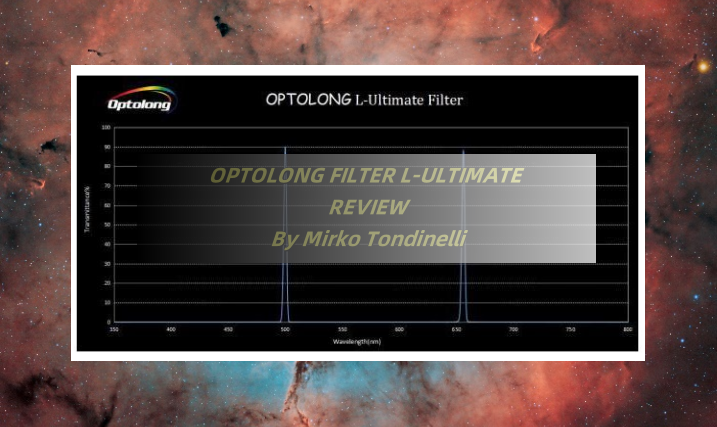 OPTOLONG FILTER L-ULTIMATE REVIEW The filter allows you to acquire both the Halfa line and Oxygen 3 emission in a single evening in a rich selection of deep sky objects, reducing the hours of shooting and reducing costs if compared to a shot taken with a monochrome camera; in fact, in this case there is the need to use a filter wheel, single filters that collect the spectral lines separately. This leads to a greater number of ligh...
OPTOLONG FILTER L-ULTIMATE REVIEW The filter allows you to acquire both the Halfa line and Oxygen 3 emission in a single evening in a rich selection of deep sky objects, reducing the hours of shooting and reducing costs if compared to a shot taken with a monochrome camera; in fact, in this case there is the need to use a filter wheel, single filters that collect the spectral lines separately. This leads to a greater number of ligh... -
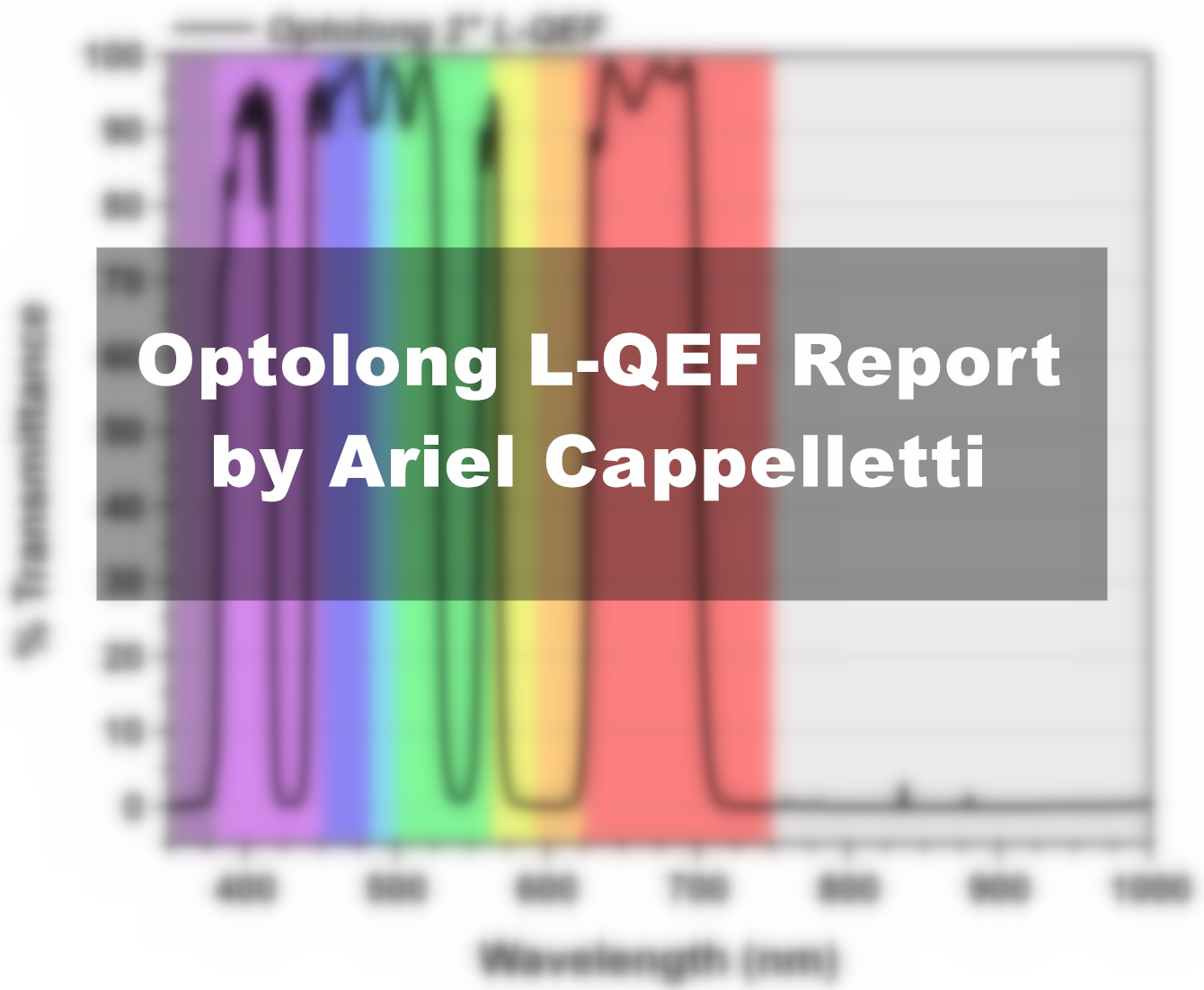 Optolong L-QEF 2” Filter Test L-QEF is a light-pollution filter, and is a clear evolution from its predecessor the L-Pro. L-QEF has star definition (FWHM) as good as the L-Pro, but in terms of colour balance, contrast, star colour profile and bright stars performance, L-QEF is a superior filter compared to L-Pro. This is very good and encouraging news, since you can start from a great product such as the L-Pro filter and deve...
Optolong L-QEF 2” Filter Test L-QEF is a light-pollution filter, and is a clear evolution from its predecessor the L-Pro. L-QEF has star definition (FWHM) as good as the L-Pro, but in terms of colour balance, contrast, star colour profile and bright stars performance, L-QEF is a superior filter compared to L-Pro. This is very good and encouraging news, since you can start from a great product such as the L-Pro filter and deve... -
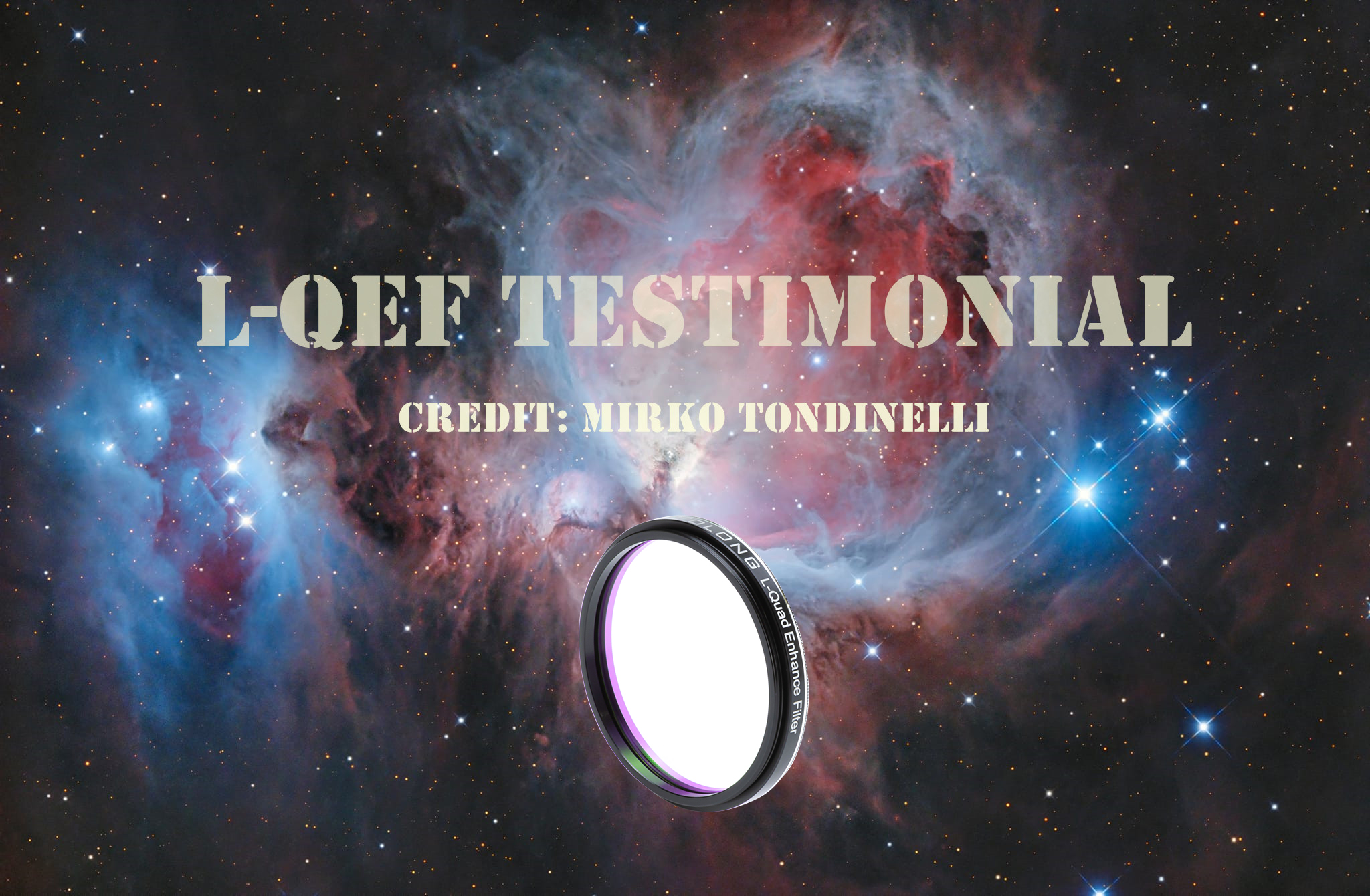 Here is the first image obtained with the new Optolong Astronomy Filter L-QEF. Hi everyone, here is the first image obtained with the new Optolong Astronomy Filter L-QEF. Broadband filter with more selective characteristics than the L-pro filter. I must say that I shoot from a fairly polluted sky (Guidonia Montecelio, Rm) and until now I have always used the L-pro filter for broadband shots with good results....
Here is the first image obtained with the new Optolong Astronomy Filter L-QEF. Hi everyone, here is the first image obtained with the new Optolong Astronomy Filter L-QEF. Broadband filter with more selective characteristics than the L-pro filter. I must say that I shoot from a fairly polluted sky (Guidonia Montecelio, Rm) and until now I have always used the L-pro filter for broadband shots with good results.... -
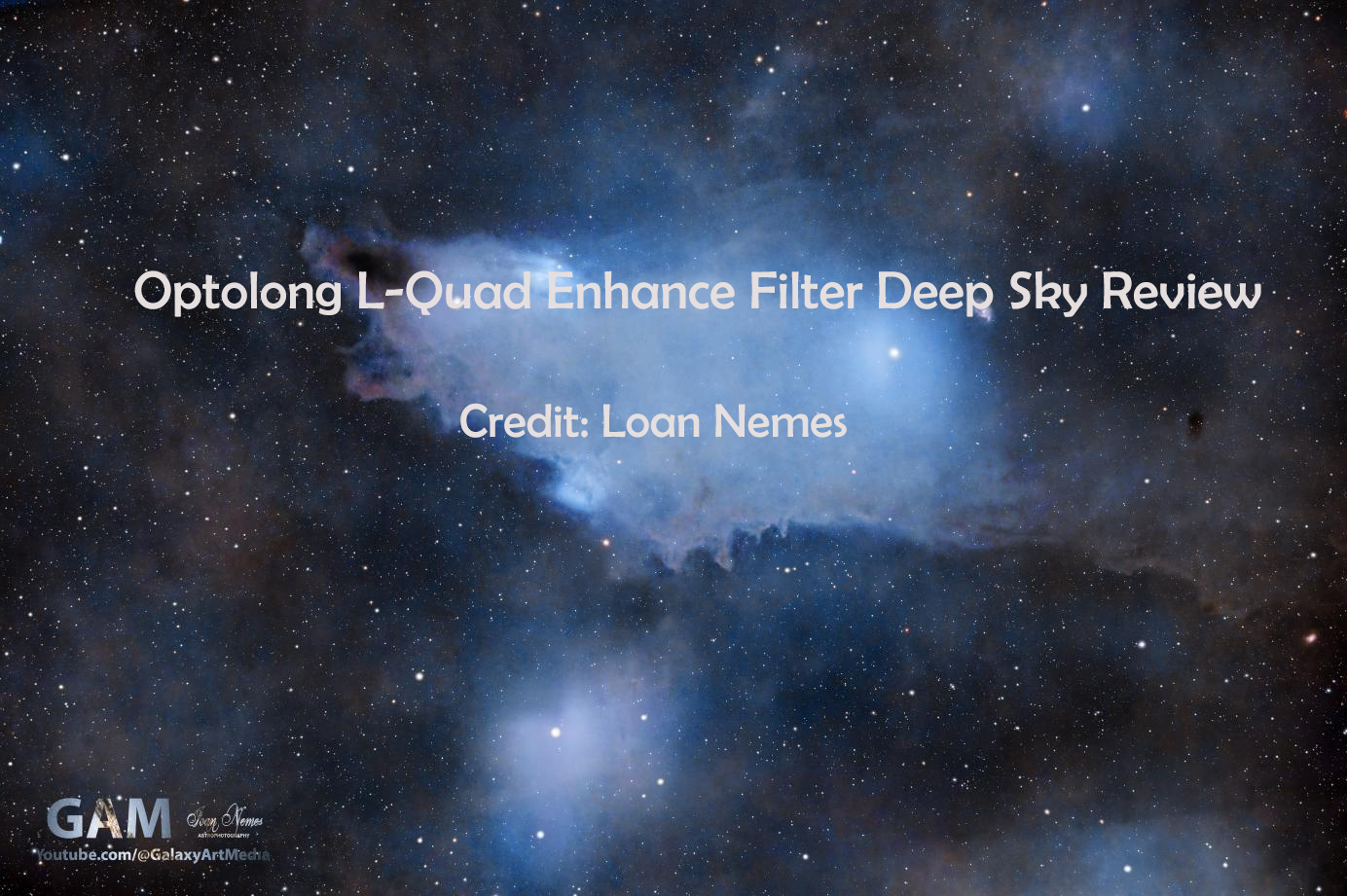 Optolong L-Quad Enhance Filter Deep Sky Review by Astrophotographer Loan Nemes Optolong L-Quad Enhance Filter Deep Sky Review. I Tested the L Quad Enhance Filter on the LDN1235, & PGC67671 Galaxy. ...
Optolong L-Quad Enhance Filter Deep Sky Review by Astrophotographer Loan Nemes Optolong L-Quad Enhance Filter Deep Sky Review. I Tested the L Quad Enhance Filter on the LDN1235, & PGC67671 Galaxy. ... -
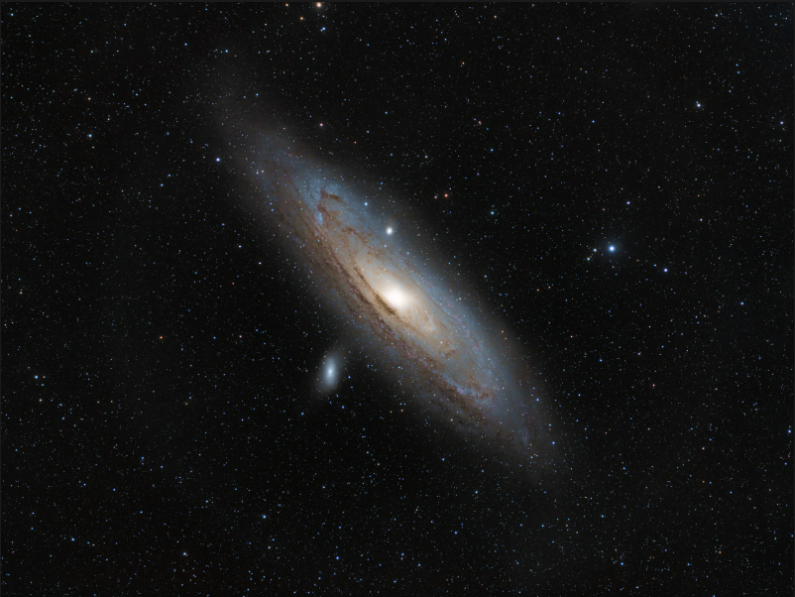 I picked M31 as the subject for another test of Optolong's L-Quad Enhance Filter. I picked M31 as the subject for another test of Optolong's L-Quad Enhance Filter. I've tested it now on star clusters, a large nebula and this galaxy. The filter did a nice job suppressing light pollution without introducing any difficult-to-process colour cast. In fact, the star colours also look very good. Based on these results, I'll be leaving this filter in my imaging train for the winter, wh...
I picked M31 as the subject for another test of Optolong's L-Quad Enhance Filter. I picked M31 as the subject for another test of Optolong's L-Quad Enhance Filter. I've tested it now on star clusters, a large nebula and this galaxy. The filter did a nice job suppressing light pollution without introducing any difficult-to-process colour cast. In fact, the star colours also look very good. Based on these results, I'll be leaving this filter in my imaging train for the winter, wh... -
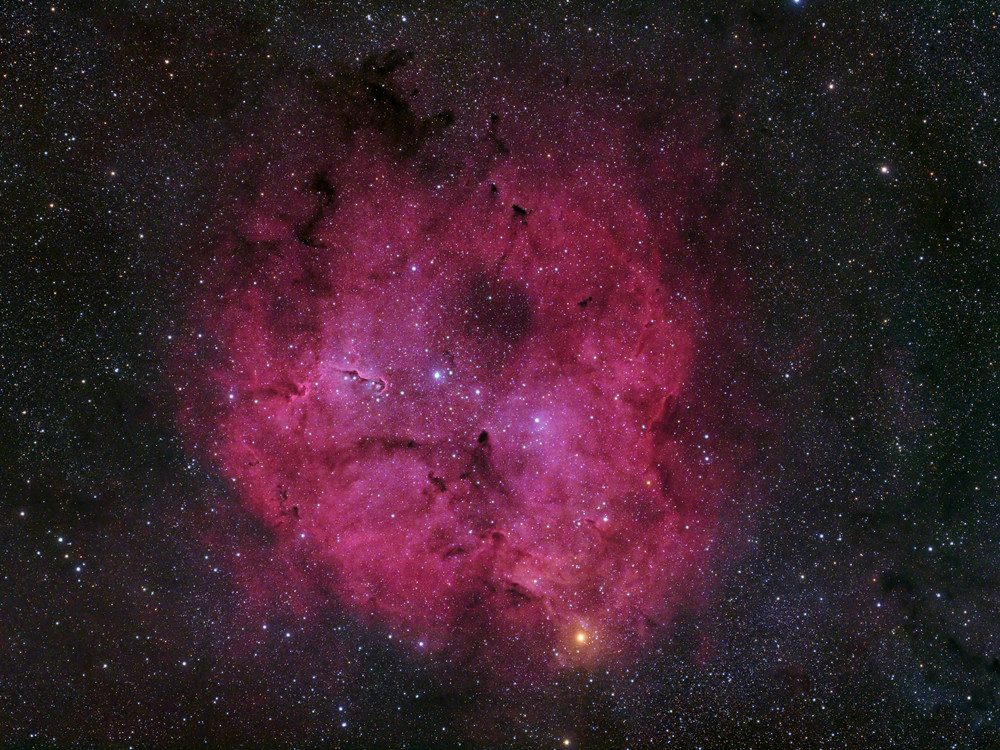 Test of Optolong L-Quad Enhance Filter on IC 1396 This is the first extended object that I have imaged using the Optolong L-Quad Enhance Filter (LQEF). It allowed the red to come through nicely while blocking the “orange-red” wavelengths associated with light pollution. This provided an apparent red boost, but it is actually just a boost in contrast. I think imagers in light polluted skies will find this filter useful....
Test of Optolong L-Quad Enhance Filter on IC 1396 This is the first extended object that I have imaged using the Optolong L-Quad Enhance Filter (LQEF). It allowed the red to come through nicely while blocking the “orange-red” wavelengths associated with light pollution. This provided an apparent red boost, but it is actually just a boost in contrast. I think imagers in light polluted skies will find this filter useful.... -
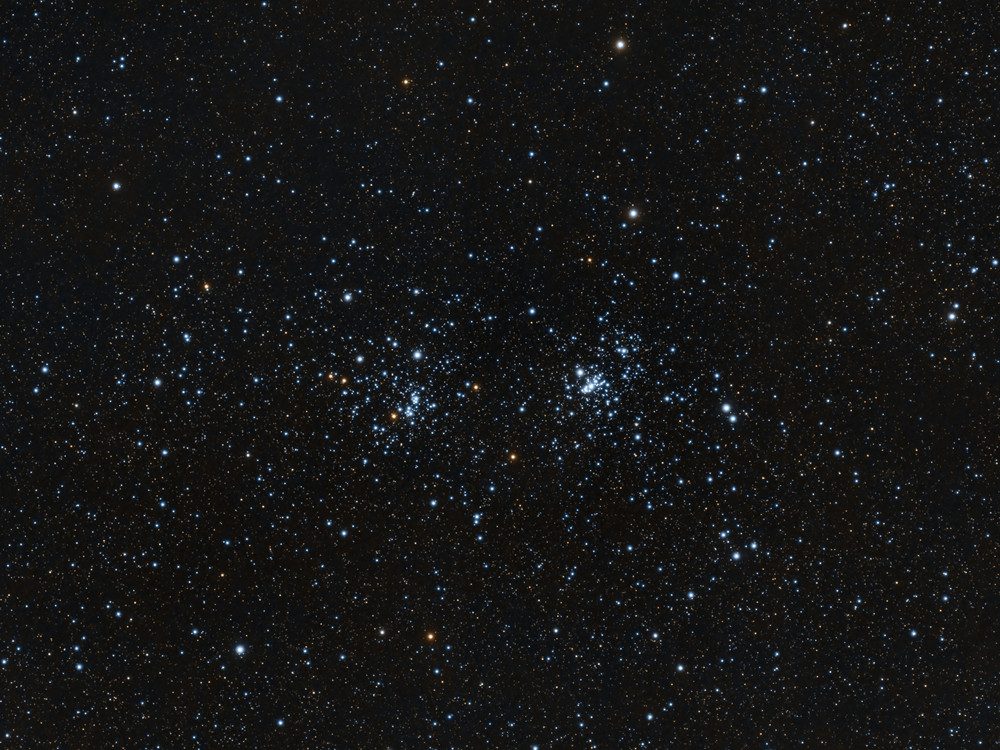 Double Cluster, L-QEF was tested by Astrophotographer Dr. Ron Brecer This image is a test of the new Optolong L-Quad Enhance Filter (LQEF), a light pollution filter for broadband photography. This test was conducted under a full Moon and moderate transparency – a tough test for any filter. For my first target I chose the Double Cluster to evaluate star colours and shapes. This filter performed well on these targets. I will test on a galaxy when the Moon is out of t...
Double Cluster, L-QEF was tested by Astrophotographer Dr. Ron Brecer This image is a test of the new Optolong L-Quad Enhance Filter (LQEF), a light pollution filter for broadband photography. This test was conducted under a full Moon and moderate transparency – a tough test for any filter. For my first target I chose the Double Cluster to evaluate star colours and shapes. This filter performed well on these targets. I will test on a galaxy when the Moon is out of t...


